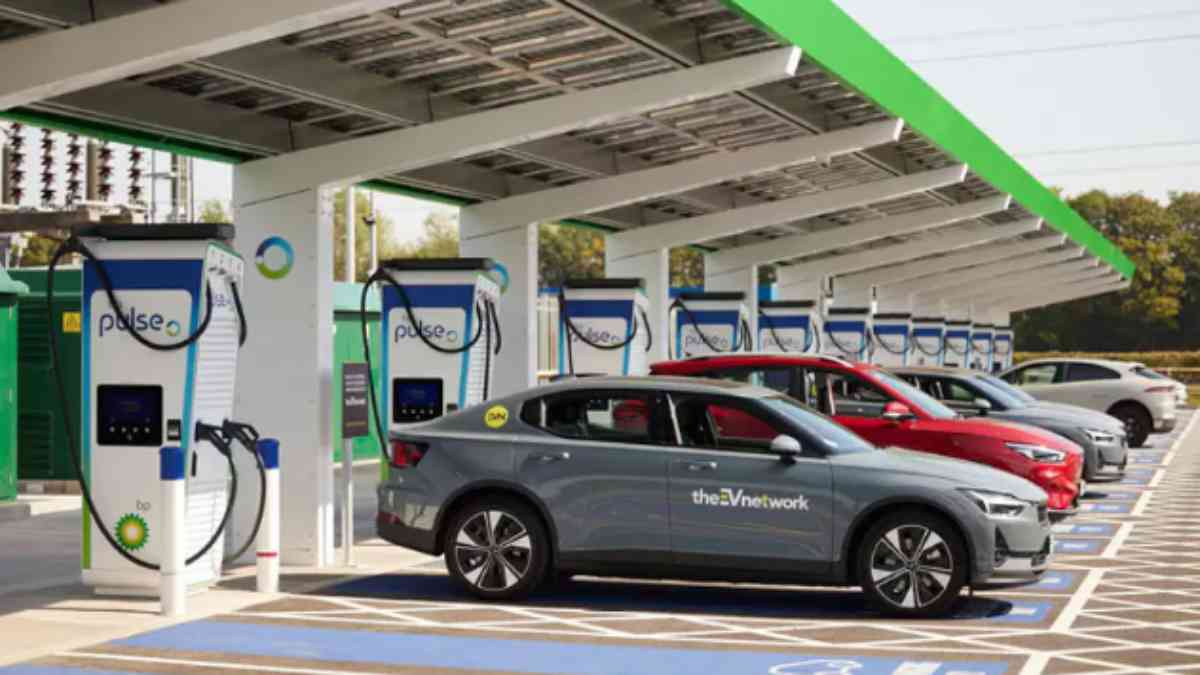As electric vehicles (EVs) become more prevalent, the need for reliable and efficient charging infrastructure has never been greater. EV charging hubs are at the forefront of this transformation, offering drivers convenient and fast charging solutions. In this guide, we’ll explore what EV charging hubs are, their benefits, how to find them, and what to expect in the future.
What Are EV Charging Hubs?
EV charging hubs are centralized locations equipped with multiple charging stations designed to serve electric vehicles. Unlike individual home chargers, these hubs are strategically placed in public areas to accommodate the growing number of EVs on the road. They offer various charging options, including Level 2 and DC Fast Chargers, to cater to different needs.
Benefits of EV Charging Hubs
1. Convenience
Charging hubs are often located in high-traffic areas such as shopping centers, highways, and urban centers, making it easier for drivers to charge their vehicles during daily activities.
2. Speed
With the inclusion of DC Fast Chargers, EV charging hubs can significantly reduce charging time, allowing drivers to get back on the road quickly.
3. Accessibility
These hubs are designed to be accessible to all EV drivers, regardless of the vehicle’s make or model, promoting inclusivity in the EV community.
How to Find EV Charging Hubs Near You
Finding an EV charging hub is easier than ever with the advent of various tools and applications:
1. PlugShare
PlugShare is a widely used app that provides real-time information on charging station locations, availability, and user reviews. It covers a vast network of charging stations across the United States. Tom’s Guide+4Wikipedia+4Tom’s Guide+4chargingcenter.com+1Wikipedia+1
2. Google Maps
Google Maps has integrated EV charging station information, allowing users to search for nearby charging hubs, view real-time availability, and get directions. blog.google
3. ChargePoint
ChargePoint is one of the largest EV charging networks, offering an extensive map of charging stations, including hubs, along with features like reservation capabilities and payment options.
What to Expect from EV Charging Hubs in 2025
The landscape of EV charging is rapidly evolving. Here’s what you can anticipate:
1. Increased Availability
With the growing adoption of electric vehicles, the number of charging hubs is expected to rise, making charging more accessible to a broader range of drivers.
2. Enhanced Technology
Advancements in charging technology will lead to faster charging times and more efficient energy use, reducing wait times and improving the overall charging experience.
3. Integration with Renewable Energy
Many new charging hubs are being designed to integrate with renewable energy sources, promoting sustainability and reducing the carbon footprint of EV charging.
Conclusion
EV charging hubs are pivotal in supporting the transition to electric mobility. By understanding their benefits and knowing how to locate them, you can ensure a seamless and efficient charging experience. As the infrastructure continues to grow and improve, the future of EV charging looks promising.
Frequently Asked Questions (FAQs)
1. What is the difference between Level 2 and DC Fast Chargers?
Level 2 chargers are commonly found in public charging stations and provide a moderate charging speed, suitable for overnight charging. DC Fast Chargers, on the other hand, offer rapid charging, allowing drivers to charge their vehicles in a shorter time frame, ideal for long-distance travel.
2. Are EV charging hubs free to use?
While some charging hubs offer free charging, many require payment. The cost can vary based on the charging network, location, and type of charger used. It’s advisable to check the pricing details before using a charging station.
3. Can I reserve a charging spot in advance?
Some charging networks, like ChargePoint, offer reservation features, allowing users to book a charging spot ahead of time. This can be particularly useful during peak hours or in busy areas.
4. How do I know if a charging hub is compatible with my EV?
Most charging stations support multiple connector types. However, it’s essential to verify that the station’s connector matches your vehicle’s charging port. Apps like PlugShare provide detailed information on connector types available at each station.
5. Are there charging hubs in rural areas?
While urban areas have a higher concentration of charging hubs, efforts are being made to expand infrastructure into rural regions. It’s advisable to plan your route using apps that show charging station locations to ensure access during travel.
6. How can I contribute to the EV charging community?
You can contribute by sharing your experiences and reviews on platforms like PlugShare, reporting any issues with charging stations, and encouraging others to adopt electric vehicles. Community involvement helps improve the overall EV ecosystem.
